Akoya Pearls
- This variety is the most representative of all; the image that comes to mind upon hearing the word "pearl" is most likely that of an Akoya pearl. Nearly all of the pearls cultured in Japan are Akoya pearls, and most necklaces are strung with this variety. The mother oysters are usually palm-sized, so the pearls themselves are not so large, averaging between 2mm and 10mm. Nowadays, there are not only Japanese Akoya (cultivated in Japan) but also Chinese, Vietnamese, Australian and etc. However, so far, the most beautiful Akoya is Japanese Akoya.
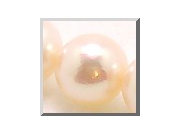
Black Pearls (Black Lipped Pearls)
- Produced from black-lipped oysters in the South Sea (especially Tahiti), these pearls are black, dark green, or dark grey. Also quite popular, and valuble, is the "peacock green" variety, a deep green with a reddish tinge. Other varieties of pearls may be dyed and called "black" pearls, but real, natural black pearls are those taken from black-lipped oysters.
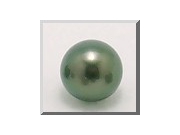
South Sea Pearls (Silver Lipped Pearls)
- South Sea pearls are taken from white-lipped oysters, the largest of the pearl oysters. They are a lovely white/silver/silvery-grey/gold color, and while they can be up to 15mm in diameter. The larger, the rarer and the more expensive.
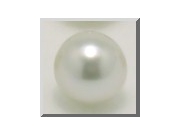
South Sea Half Pearls
- These thick-nacred pearls are a handsome hemispherical shape, similar to Mabe pearls (please see below). The color is the same beautiful white/silvery-grey as the spherical South Sea pearl introduced above.
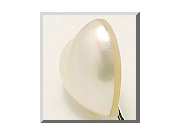
Mabe Pearls
- These are hemispherical, taken from Mabe oysters, and give off a unique rainbow-colored sheen.Thanks to developments in pearl culturing technology in recent years, we have been able to cultivate a few spherical Mabe pearls, in addition to the original hemispherical shape.Though Mabe and South Sea half pearls are the same shape, we make a clear distinction between them, as they are cultivated from different species of oyster.
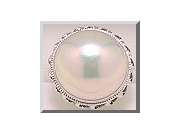
Freshwater Pearls
- These are cultivated chiefly from the bivalve known as the IKECHOUGAI. Some are raised in Lake Biwa here in Japan, but mostly they are imported from China. Freshwater pearls are generally oval-shaped, and natually-occurring colors include white, of course, as well as orange and wine. Recently pearl culturing technology has succeeded in producing specimens so large and spherical that many people mistake them for Akoya pearls at first glance.

Seed Pearls
- When this pearl is brought into existence in the gonad of the mother oyster, it is very small, resembling a poppy seed. The finished pearl is also quite small, and is produced without a man-made nucleus. During the cultivation period, the mother oyster takes in some foreign particle, such as a tiny pebble, and this becomes the core of the pearl. The pearl's shape can be oval, or distorted according to the shape of the foreign matter forming its core.


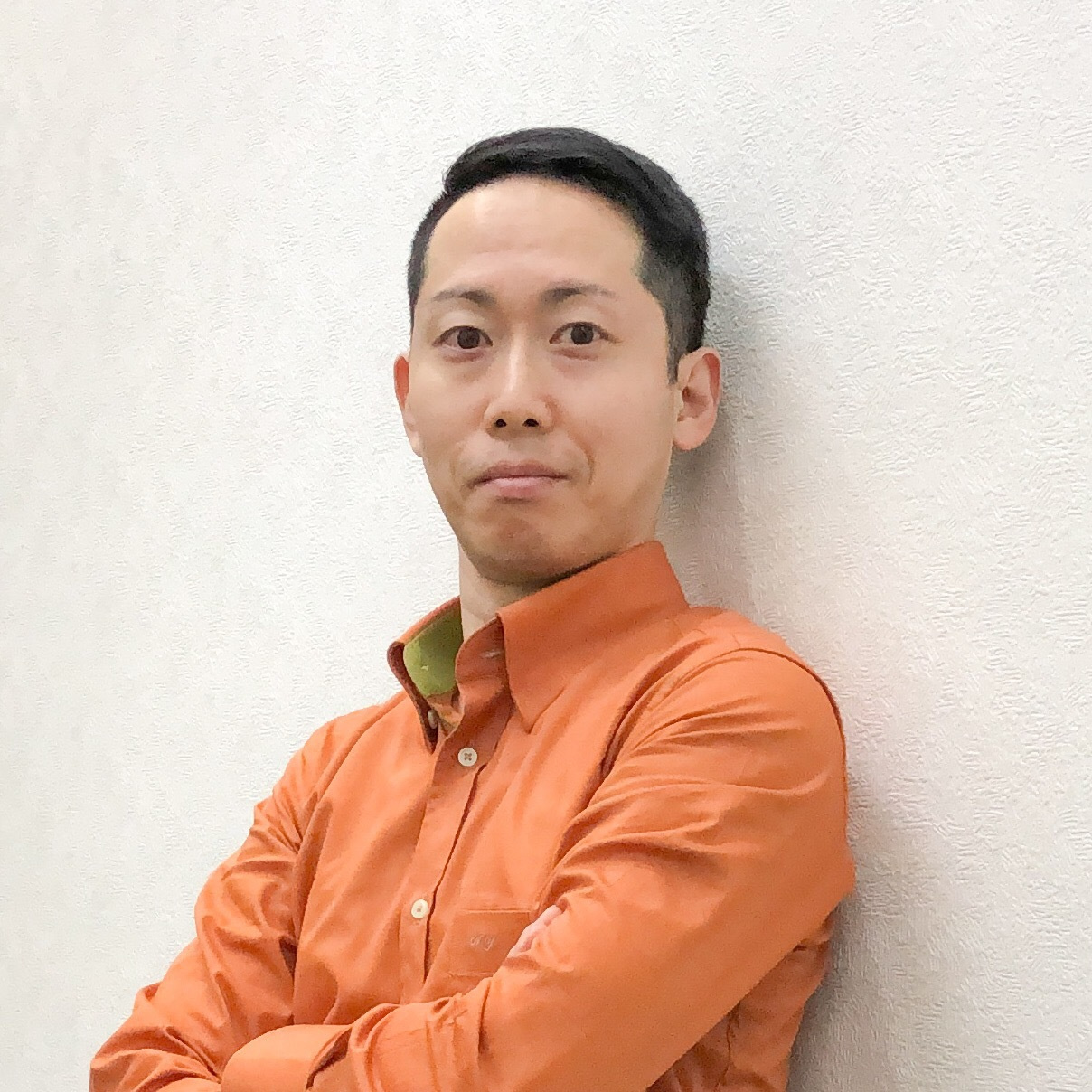
 E-Mail
E-Mail






 http://www.yokota-pearl.co.jp/
http://www.yokota-pearl.co.jp/